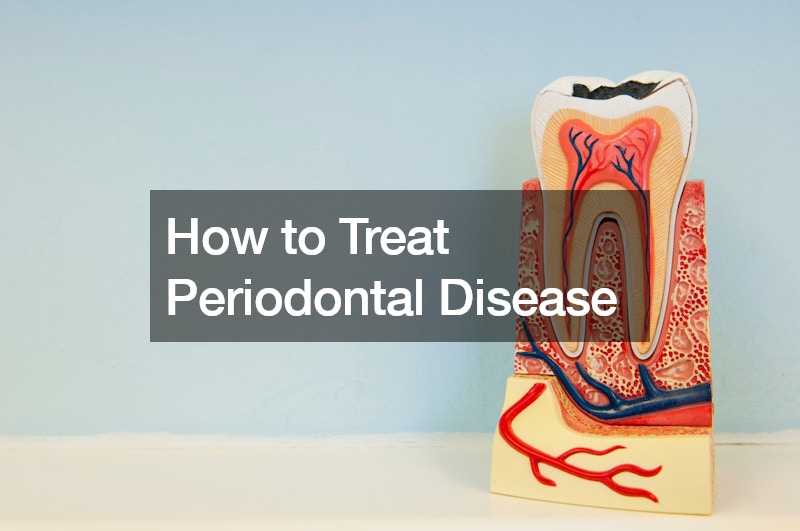
Periodontal disease, commonly known as gum disease, is a prevalent oral health issue that can lead to serious complications if left untreated. The good news is that there are several effective treatments available to help manage and even reverse the effects of this condition. One of the first steps in treating periodontal disease is professional dental cleaning, also known as scaling and root planing. This deep cleaning procedure removes plaque and tartar buildup from the teeth and below the gumline, reducing inflammation and promoting gum healing.
In addition to professional cleanings, maintaining good oral hygiene at home is essential for managing periodontal disease. This includes brushing your teeth at least twice a day with fluoride toothpaste, flossing daily, and using an antiseptic mouthwash to help kill bacteria and reduce plaque. Regular dental check-ups and cleanings are also crucial for monitoring the progression of the disease and adjusting treatment as needed. For more advanced cases of periodontal disease, surgical interventions such as flap surgery or bone grafting may be necessary to repair and regenerate damaged gum tissue and bone structure. These procedures are typically performed by periodontal specialists and can help restore oral health and prevent further deterioration.
Early detection and treatment of periodontal disease are key to preventing complications and maintaining a healthy smile. By following a comprehensive treatment plan that includes professional cleanings, diligent home care, and, if necessary, surgical interventions, individuals can effectively manage this common oral health condition and preserve their oral health for years to come.

